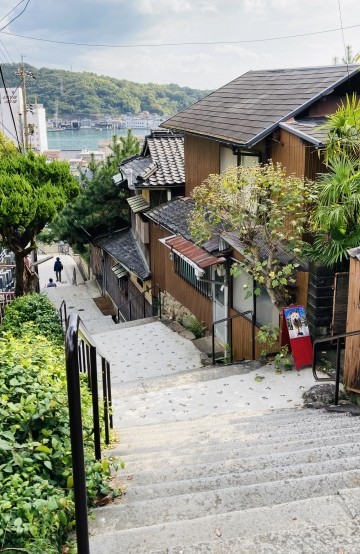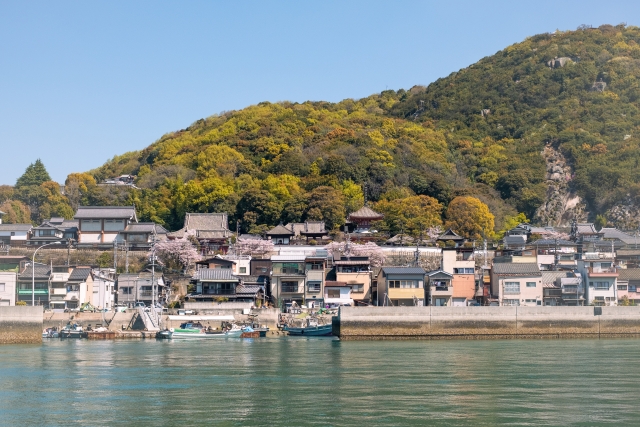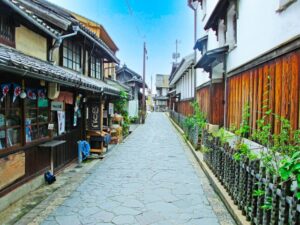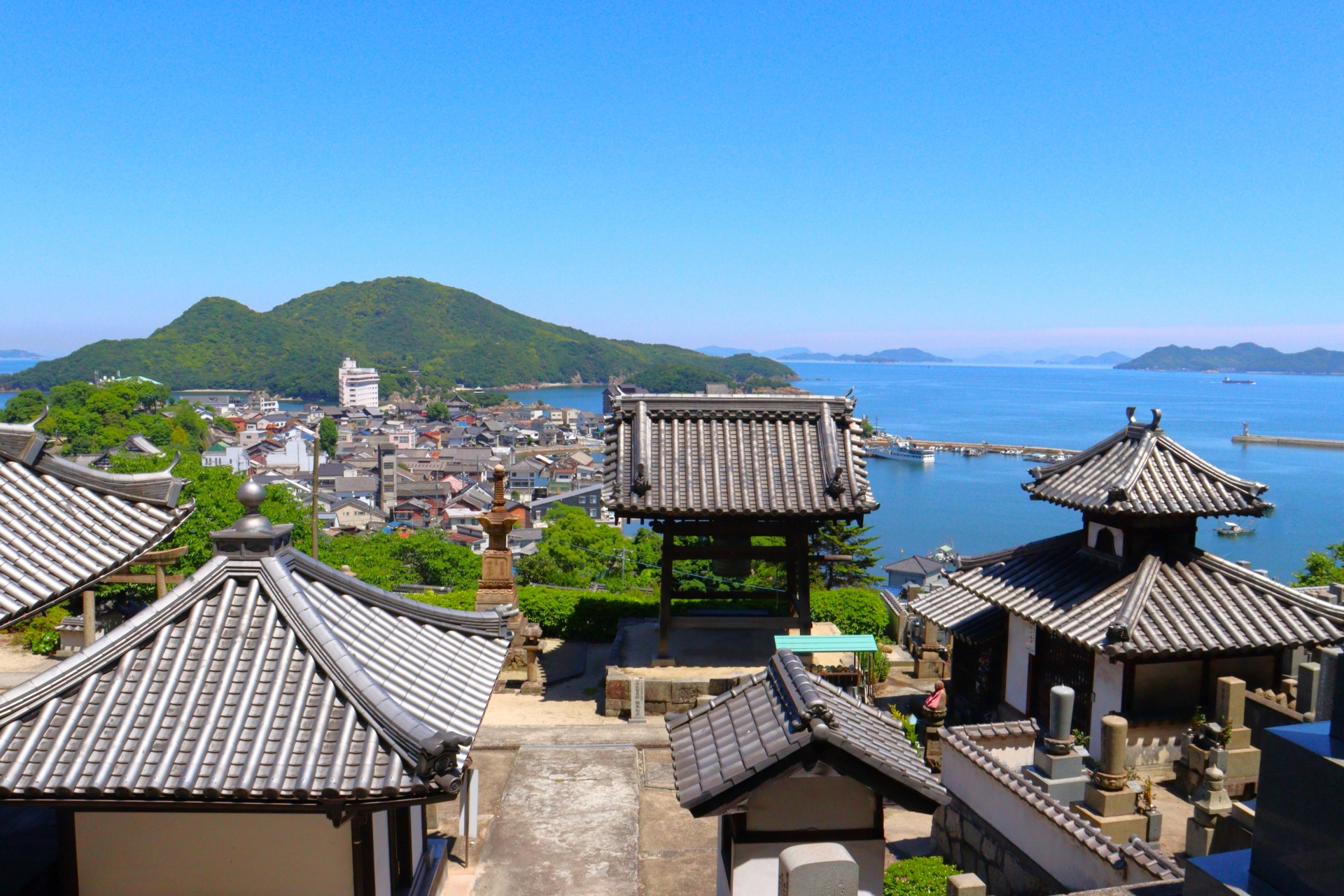Fukuyama and Onomichi in Hiroshima, Famous for its Beaches, Hiking, Cycling, and the Beautiful Townscape Clinging to Steep Slopes Followed by Local Cuisines
Next to Hiroshima City, Fukuyama is the largest city in the prefecture, originally set up as a castle town in 1619 by Tokugawa Ieyasu's cousin Mizuno Katsunari. It's also a stop on the Tokaido-Sanyo shinkansen line. Nearby, the picturesque port city of Onomichi overlooks the Seto Inland Sea. From Fukuyama Station the journey to Onomichi Station takes around 20 minutes. The port located in what is now Onomichi City was first established in 1168 as a shipment hub for rice and for international trade. Although the port is quieter today, it is still central to the city's culture. Every April the Onomichi Minato Matsuri, or Port Festival, draws huge crowds and honors the city's rich history with food stalls, parades, and a dance competition. Onomichi is built on steep slopes with plenty of winding stone stairways to test your fitness. It's also one of the most picturesque towns in Hiroshima, thanks to the narrow streets with stunning views, the many shrines and the local cats that lounge idly, awaiting photographers. It's the start point of the Shimanami Kaido,a popular 60km cycling route that links the town to Shikoku. Both Fukuyama and Onomichi are home to many beautiful shrines and temples that range up and down the slopes around the cities. Several temples are part of the Chugoku 33 Kannon Pilgrimage route, including Myooin Temple in Fukuyama, and Senko-ji, Jodo-ji, Saikoku-ji and Kojo-ji in Onomichi.The area has beautiful beaches such as the white sand Shimanami Beach, surrounded by lush green forests. Setoda Sunset Beach is a long, sandy retreat, which as the name implies, is the perfect spot to enjoy the sunset over the many small islands that dot the Seto Inland Sea.Tachibana Beach looks out across the impressive Innoshima Bridge. There are also dozens of other beaches in the area to discover. After a day climbing up and down the scenic slopes or enjoying the cycling routes, you can relax in one of the area's natural hot springs. Onomichi Fureai-no-Sato is one of the largest facilities, with restaurants and a hotel onsite. Other top spots include Poponoyu, accessible by bus or taxi from Onomichi Station and Bella Vista Spa and Marina, which offers luxurious accommodations and views over the bay.
With a mild climate, the area is famous for fresh fruits like lemons and sweet mikan oranges. Thanks to the local fishing industry, the area is known for kamaboko, the compact slices of fish paste often seen in ramen dishes, as well as tsukudani, an intensely flavored topping for rice, often made from fish or seaweed. Recently, Onomichi Ramen is pretty popular. The soup is a light mix of soy sauce and chicken bone broth served with flat noodles and silky chunks of pork fat. Be sure to enjoy these local delicacies during your visit!





